Growth in Construction Activities
The flat glass market is benefiting from a robust growth in construction activities across Europe. With urbanization on the rise, there is an increasing need for residential and commercial buildings, which in turn drives the demand for flat glass products. According to recent data, the construction sector in Europe is expected to expand by around 4% annually, leading to a heightened requirement for flat glass in facades, windows, and interior applications. This growth is further supported by government initiatives aimed at boosting infrastructure development, which is likely to sustain the upward trajectory of the flat glass market in the coming years.
Increased Focus on Aesthetic Appeal
The flat glass market is increasingly influenced by a growing focus on aesthetic appeal in architectural design. Architects and designers are now prioritizing the use of glass to create visually striking buildings that enhance urban landscapes. This trend is evident in the rising popularity of large glass facades and innovative glass structures. As a result, the demand for high-quality, aesthetically pleasing flat glass products is on the rise. Market analysis suggests that this segment could account for approximately 30% of the overall flat glass market in Europe by 2026, indicating a shift towards design-oriented solutions in the construction sector.
Technological Innovations in Manufacturing
Technological innovations in manufacturing processes are playing a pivotal role in shaping the flat glass market in Europe. Advances such as automated production lines and improved glass tempering techniques are enhancing efficiency and product quality. These innovations not only reduce production costs but also enable manufacturers to meet the increasing demand for customized glass solutions. Furthermore, the integration of smart technologies, such as IoT in production, is expected to streamline operations and improve supply chain management. As a result, the flat glass market is likely to witness a transformation that could lead to a projected growth rate of 5% over the next few years.
Rising Demand for Energy-Efficient Solutions
The flat glass market in Europe is experiencing a notable surge in demand for energy-efficient solutions. This trend is largely driven by stringent regulations aimed at reducing carbon emissions and enhancing energy efficiency in buildings. The European Union has set ambitious targets, including a commitment to reduce greenhouse gas emissions by at least 55% by 2030. Consequently, the flat glass market is witnessing an increased adoption of low-emissivity (Low-E) glass, which can significantly improve thermal insulation. Reports indicate that the market for energy-efficient flat glass is projected to grow at a CAGR of approximately 6% over the next five years, reflecting the industry's shift towards sustainable building practices.
Regulatory Support for Green Building Practices
Regulatory support for green building practices is significantly impacting the flat glass market in Europe. Governments are increasingly implementing policies that promote sustainable construction methods, including the use of eco-friendly materials such as flat glass. The European Commission's Green Deal aims to make Europe the first climate-neutral continent by 2050, which is likely to drive demand for sustainable building materials. This regulatory environment encourages builders and developers to incorporate flat glass solutions that meet environmental standards, thereby fostering growth in this market segment. It is anticipated that the flat glass market will see a compound annual growth rate of around 4.5% as a result of these supportive measures.


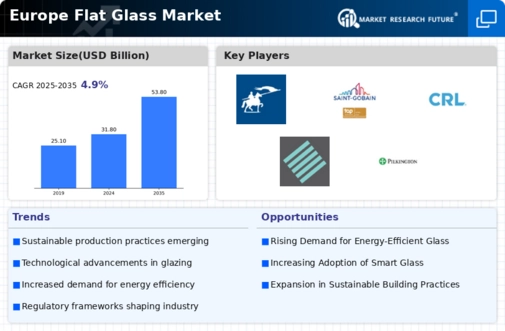
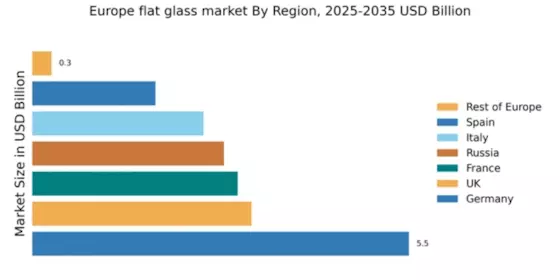
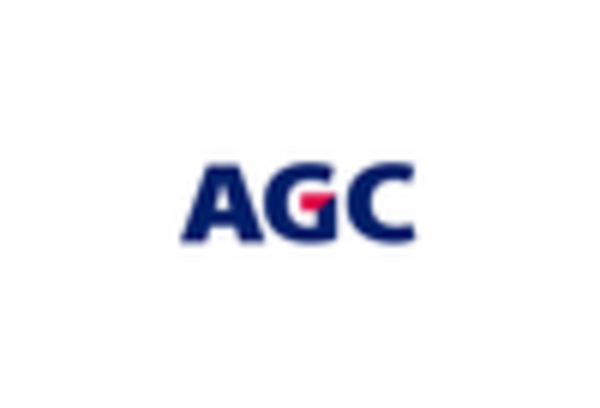
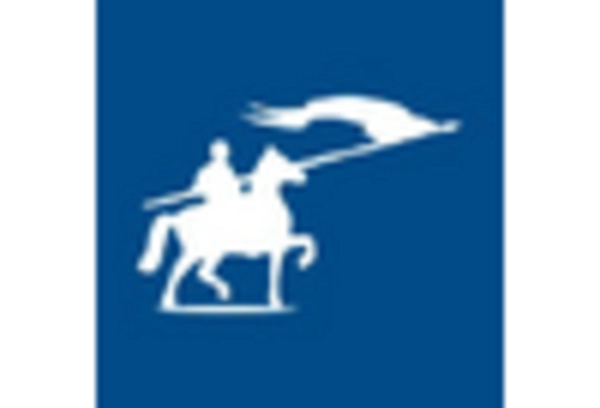
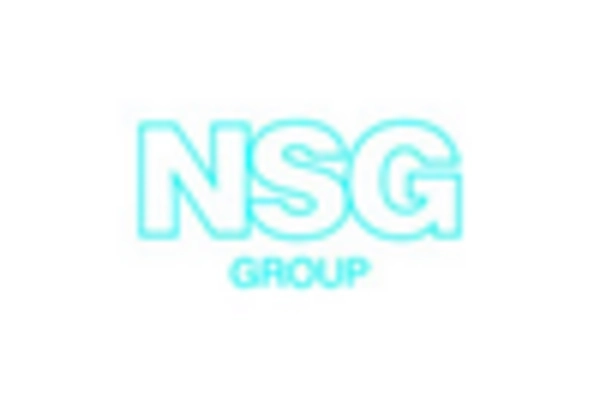
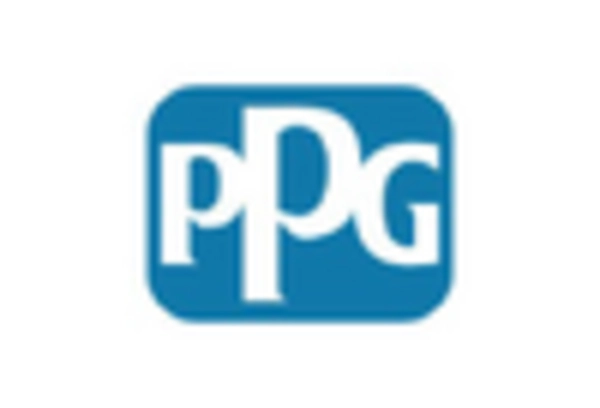
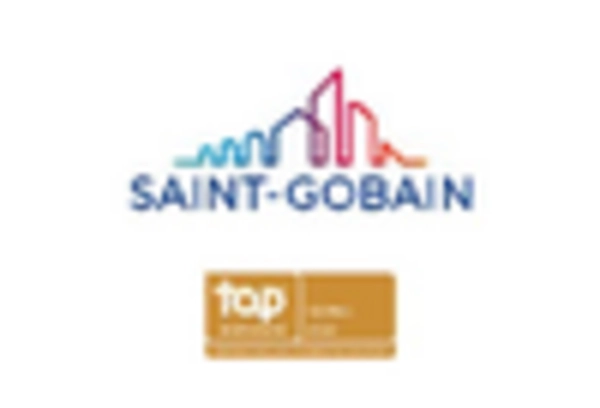
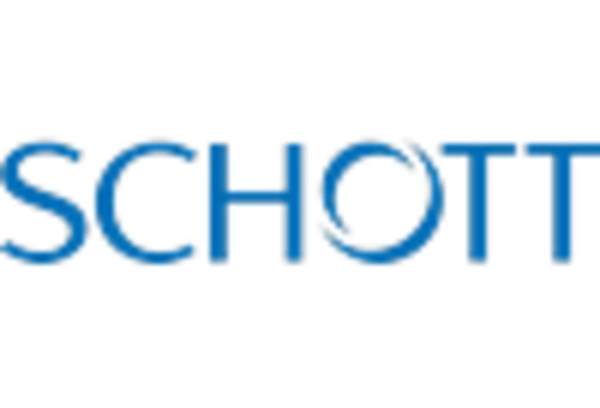








Leave a Comment